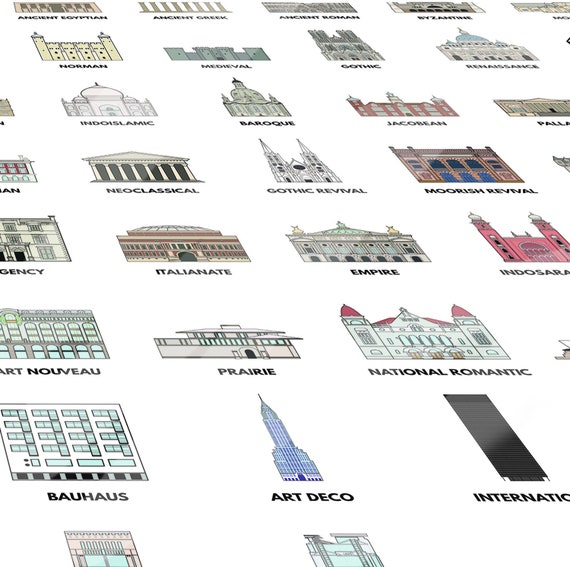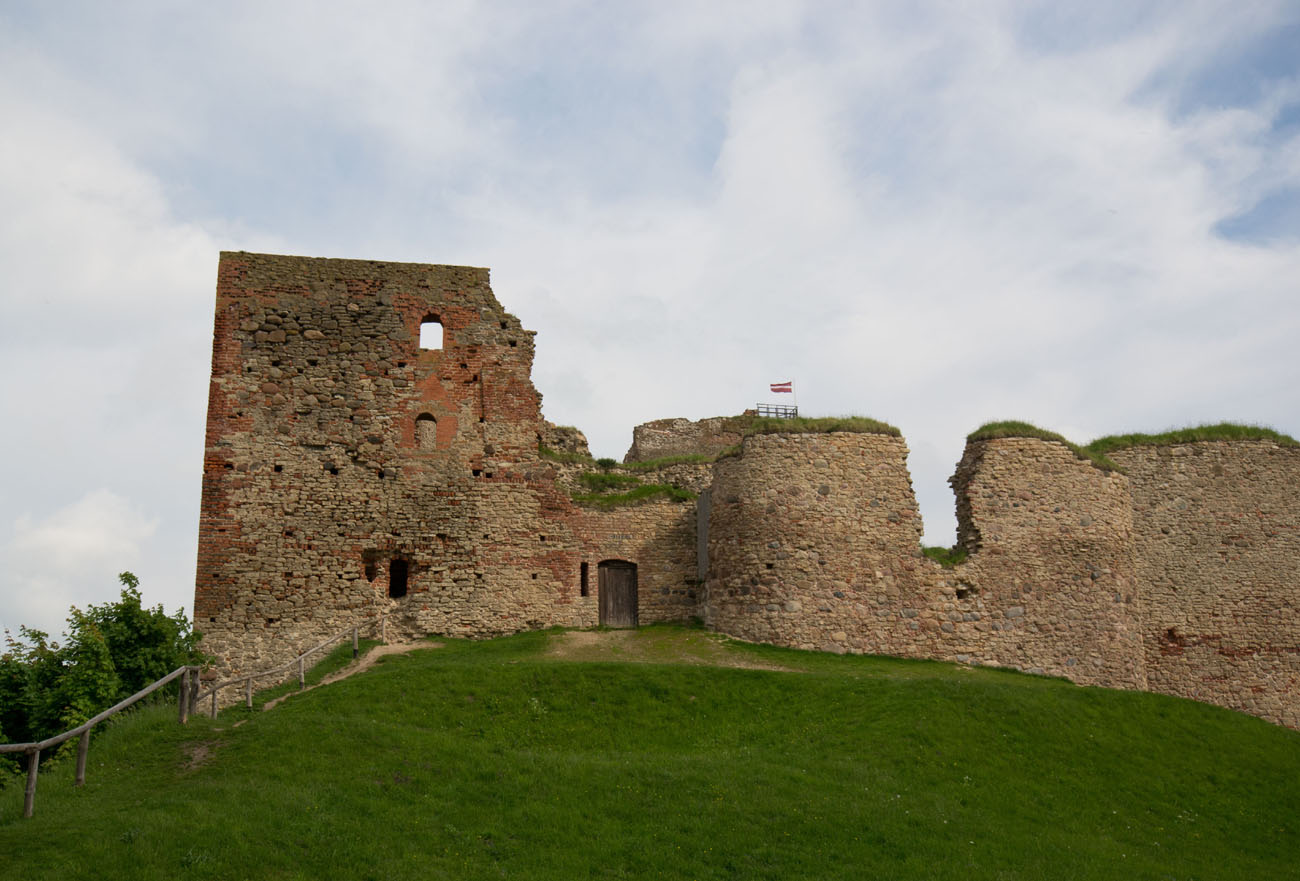

Only the rich are getting a real bed and a soft pillow. There was a central hearth for cooking and heating and the floor would have been covered in rushes. The great hall, if you lived near / with the local Lord or landowner, would be your sleeping and living quarters, reinforcing the idea that you were dependent on the landowner. If you have extra money, try a cloth rag or a sponge on the end of a stick.Ģ Public Doman Image, Pietro da Eboli (13th century) " De Balneis Puteolanis " In London, the facilities would have been over the local river.Ĭovid-19 Medieval Hack: If you run out of toilet paper consider using straw or moss. Near the bathhouses were communal public toilets. The idea of cleanliness fell out of favor in the Tudor period. Smoke would filter through openings in the wall or through the thatched/tiled roof.īy the late 16th Century, congrats – your middle-class family gets a chimney! Your home is built with exposed timbers that are load bearing and the space between is filled with plaster, brick, or stone. The fire would have been in the center, but without a chimney.

In the 15th Century, if you were part of a middle class or wealthy land owner’s estate, you may have lived in a “Hall,” a communal living space consisting of one large, tall room, that you would share with your family and servants. However, you may not survive the next several rounds of plague, so hedge your bets.Ĭommunal living is all the rage. So you can make more money and, in turn, afford better living accommodations. Then along comes the Black Plague that k ills a ton of people, which means workers are scarce. This will be the standard for the lower classes throughout the Middle Ages. You would not have been able to afford bricks or a tiled roof.

Reeds or thrushes would have covered the dirt floor. Homes were simple one room structures built with sticks, wattle, and thatched roof. So let’s take a gander at how the serfs, peasants, and lower classes lived.įun side note: In France, there is an experimental archeological site where they are building a castle using historic techniques. They had castles and stuff." And I would look at you and say, “Wrong!” The everyday run of the mill person didn’t live in a castle – that’s way fancy. And maybe you are thinking, “Look, it can’t be all bad. Dustin and I, circa 2011.īetween all the history, people in the Middle Ages were busy just staying alive. 1 Forgive the lighting, they keep it dark in those restaurants. Honestly, these don’t necessarily interest me, but people's homes do. Within these styles, architecture was focused mostly on civic, military, and religious buildings. Then Gothic style comes along all high and mighty (for reals though those cathedrals were tall and mighty). The first two play off Roman architecture because that’s what people saw around them and understood, but it was a romanticized version. Within the medieval time period, humanity went through at least three distinct architectural styles: Pre-Romanesque, Romanesque, and Gothic (each of which could be further divided). And as we all know lots can happen in that amount of time – famines, wars, crusades, a Schism or two, Black Death, ya know, the usual. The Medieval Period, or Middle Ages, covers a lot of time-like, one thousand years a lot (about 500-1500 AD). When someone says the word “medieval”, it may conjure up thoughts of knights, castles, Monty Python, or Medieval Times Restaurant.


 0 kommentar(er)
0 kommentar(er)
